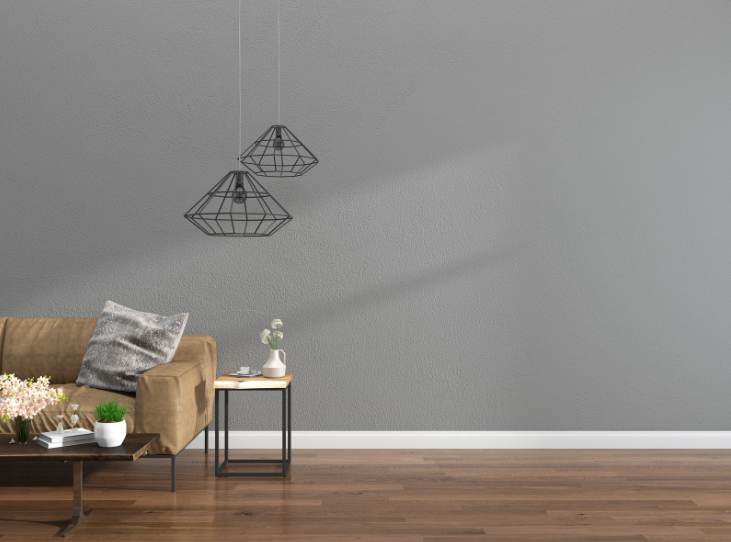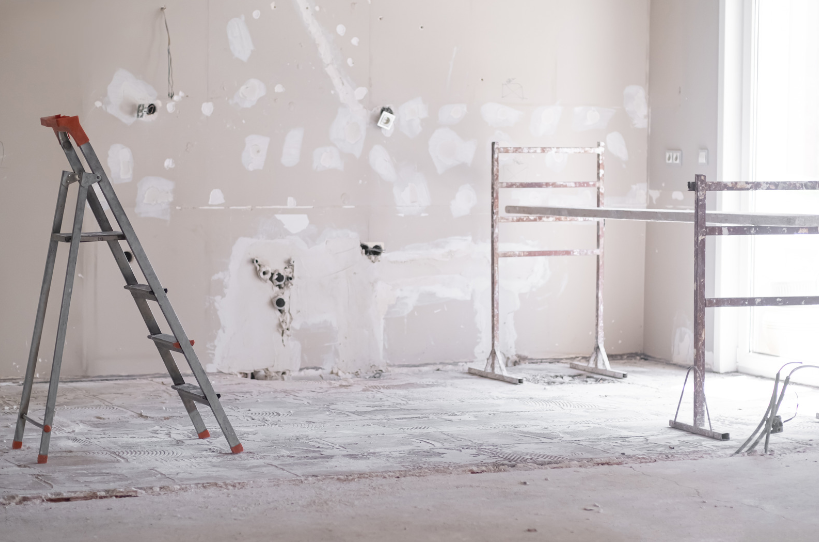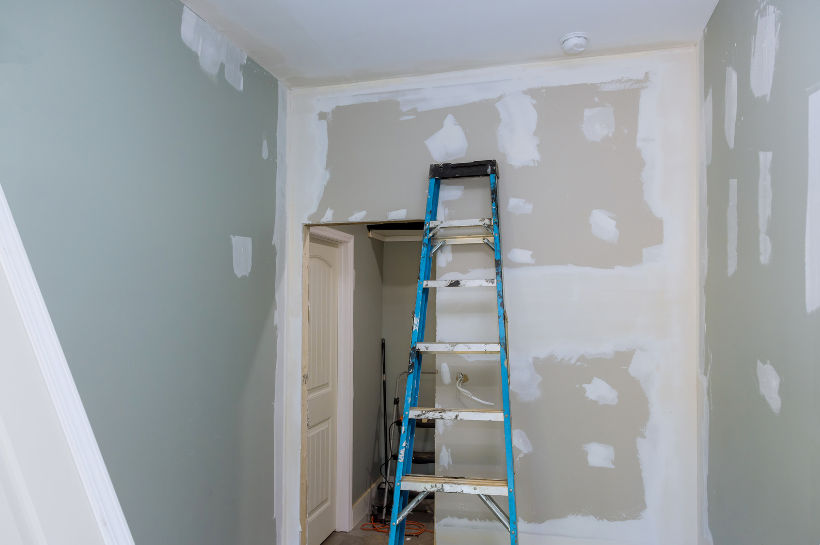How Do You Hang a Drywall Ceiling?
Drywall is a versatile material that can be used in many applications, including ceilings. While the basic installation process is the same as any other drywall installation, there are a few extra steps and precautions that must be taken when hanging drywall from a ceiling.
The first step is to ensure that you have a safe and reliable way to hold the drywall panels in place while you secure them. It is always best to have at least two people working on a drywall ceiling, but it can be done by one person with the proper tools. Renting or purchasing a drywall lift is the easiest way to hoist panels over your head (even if you do have a helper or two), but a T-brace made from two sturdy pieces of wood can do the job also.
Once your drywall lifting system is ready, mark the location of your ceiling joists on the walls - you’ll need to know exactly where these are when you start securing the drywall panels! You will also need to measure exactly where any vents, light fixtures, or other items that will require holes to be cut in the ceiling are. We recommend drawing a scale diagram of all items in your ceiling so that you’ll have precise measurements to cut from after the drywall is hung.
Now you are ready to hang your first sheet of drywall! Apply adhesive to the ceiling joists (starting in a corner), then place the first drywall panel. Secure the panel to the ceiling joists using screws that are at least 1 ⅝” long. The more of the ceiling you cover, the more difficult it will be to see exactly where the joists are - this is where the marks you made on the walls come in! Most drywall manufacturers will recommend a certain distance to leave between screws when securing their drywall, but if this information is not available, place a screw at least every 12 inches.
Cover the entire ceiling in this manner, remembering to offset the seams between panels. Once the entire ceiling is hung, it is time to cut holes for fixtures and vents. Refer to the measurements taken before the first drywall panel was hung, and measure precisely before you begin to cut. A cut that is too big or in the wrong place can be repaired, but it is a time consuming process!
The mudding and sanding processes are the same for ceilings as they are for walls - both tasks are just slightly more cumbersome because you are working above your head. You now have a brand new ceiling that is ready for the texture and paint of your choice!
Hanging drywall on a ceiling can be a time consuming task, but it is nothing that can’t be accomplished with a little knowledge and the right tools. If you ever feel like you are in over your head, just give us a call!
Still have questions? Need a quote? Our professionals are here to help with all your drywall needs!
You might also like



GET FREE QUOTE
FREE QUOTE
Contact Us
We will get back to you as soon as possible.
Please try again later.
SERVICE AREA
Contact Us
- Mon - Sun
- -
Drywallers Kitchener Inc.
130 Gay Cres, Kitchener, ON, Canada
(226) 796-9729
